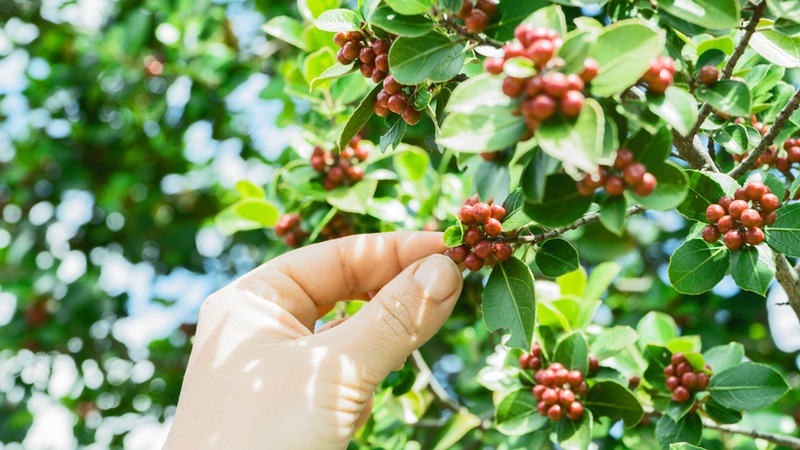You may have heard a lot about single origin coffee recently, but it may be unclear exactly what this designation means. In this article, we will outline the differences between single origin coffees and coffee blends. We will also provide some information that will help you choose and make the most of single origin coffee. Read on to learn more.
Single origin coffee comes from a single location
Single origin coffees are made up of a single type of bean, harvested from a single location. Sometimes the location is a specific region, and sometimes it is a specific farm. If a coffee is harvested entirely from a single farm or estate, it may be referred to as a single estate coffee. These are usually exceptionally superior coffees as they typically come from very well-known and admirable farms.
It is also possible to get very rarefied single origin coffees that have been harvested only from a very small section of an excellent estate. A farmer may select beans only from an area that has exceptional, soil, sun or some other specific, desirable element. These coffees are often referred to as “micro-lot” coffees, and they are exceedingly superb.
How are blends & single origin coffees different?

Blend
A blend is made up of various beans gathered from different locations and combined either before or after grinding. The beans are generally well-roasted, which has the effect of producing a uniform, well-rounded flavour that lends itself well to combining with milk, sweeteners and flavourings.
A good quality blend can also be drunk black as a standalone coffee. High quality blends are a good choice for everyday drinking. They are nice with milk and sugar and good for mixed coffee beverages, such as lattes and cappuccinos.
Single-origin
All of the beans in an single origin coffee are sourced from a single region or farm, resulting in unique flavours and notes in each individual type of coffee. These special coffees are very lightly roasted to retain the unique, original, natural flavour of the region.
Single origin coffees should always be drunk as standalone coffees. They also make a nice choice for espresso when you wish to really savour a specific note or flavour in a coffee.
The best way to use or prepare single origin coffee is with a Chemex, French Press or as a pour-over. While it is certainly possible to drink these coffees with milk or other flavourings, you would be considered a boor if you did so.
How to choose the right single origin coffee
In exploring these interesting and unique coffees, you will surely eventually want to taste them all. When you are just starting out, you may wish to target those that have flavours that immediately appeal to you. Here’s a handy regional guide to help you seek out the tastiest single origin coffees:
- Central America: Spicy coffees with hints of cocoa and brown sugar.
- South America: Rich, sweet, creamy coffees with a hint of chocolate and very low acid content.
- Africa: Full-bodied, complex, rich, fragrant coffees with fruity and floral notes.
- Kenya: Bright coffees that exhibit a complex combination of sweet and tart flavours.
- Ethiopia: Naturally processed, water washed coffees that feature sweet, berry-like or floral flavours.
- Asia: Savoury, complex coffees that are low-acid.
Are single origin coffees really that much better than blends?
Comparing blends and single origin coffees is really a very difficult task because they are two entirely different types of coffee. It’s really not possible to decide which is “better”. It depends on the type of coffee experience you want in a given moment.
By definition, blends are intended to make the most of a combination of beans of different qualities and flavours. Blends are valued for entirely different reasons, such as mouth-feel, scent and flavour.
Savouring a cup of single origin coffee is an event. It celebrates the uniqueness of a carefully selected and prepared type of coffee. Each type of single origin coffee has its own very unique characteristics in terms of notes and nuances.
When you enjoy a cup of single origin or single estate coffee, you should experience unique and perfect quality. This is because of the “terroir” effect – that is the flavour and quality imparted by the soil and growing conditions of a very specific region.
Don’t be fooled!
Genuine single origin coffee comes from individual farms or even small sections of individual farms. This results in specific flavour and quality benefits. It also promotes fair business practices in which actual growers benefit, as opposed to giant corporations.
Some big companies buy up coffee from entire small countries, blend them and then call them “single-origin” because they come from one country.
This is not an single origin coffee. It’s a blend. Don’t pay high price for this. Find out exactly where the single origin coffee you are considering came from and purchase carefully.
The bottom line
There’s nothing wrong with a good blend when you just want a “Cuppa Joe” or you plan to mix it with other ingredients. When you want a unique coffee experience, look for a good single origin coffee.




